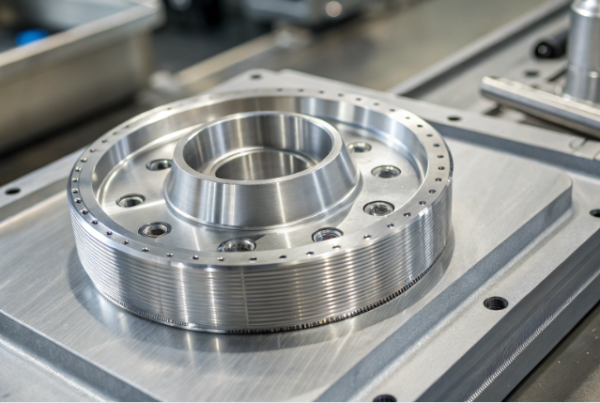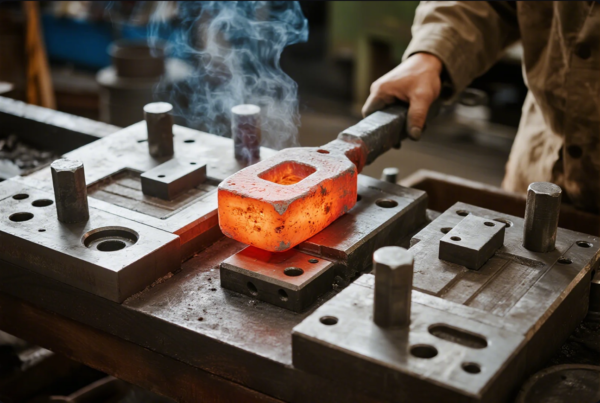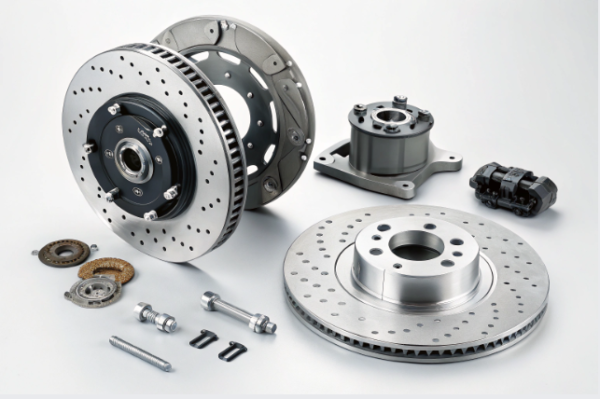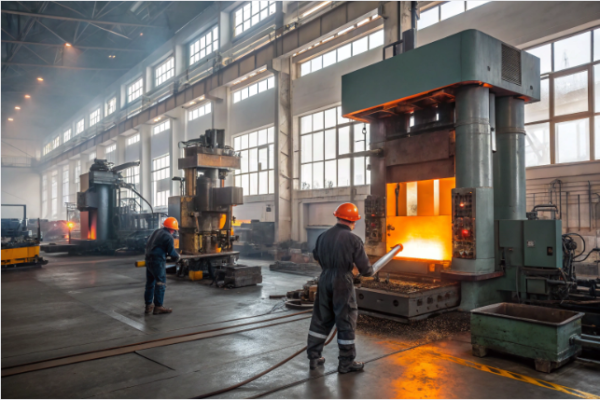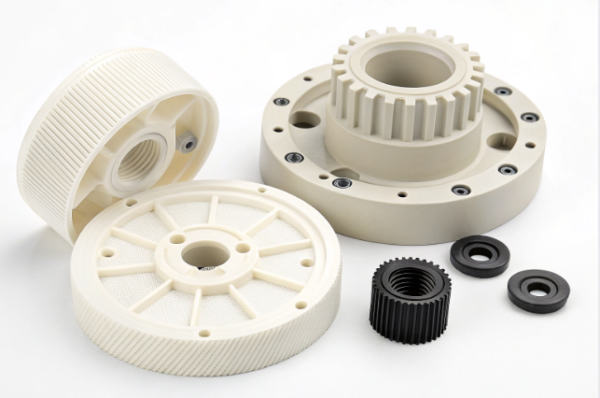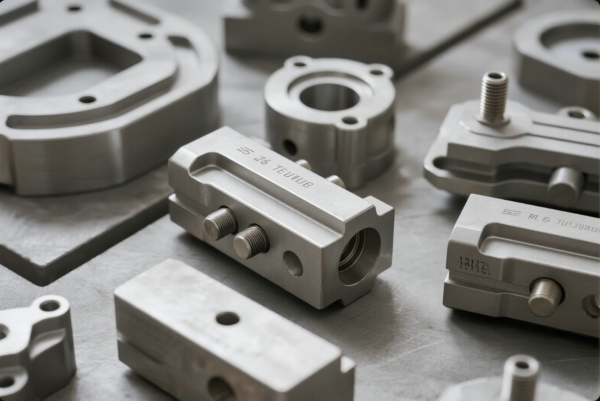Is CNC a metal fabrication?
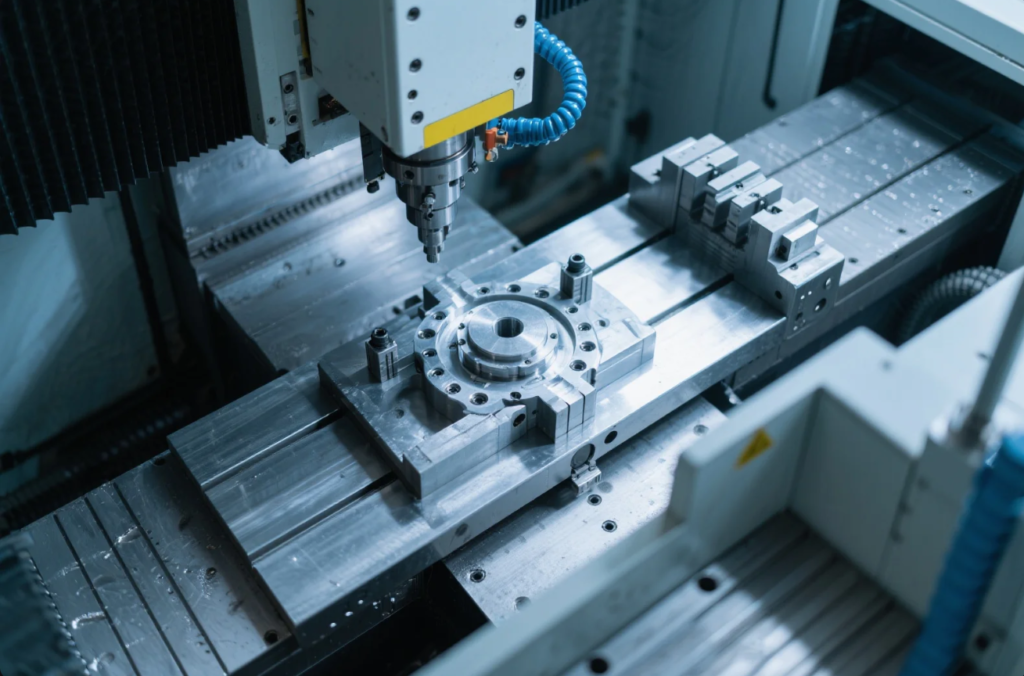
Buyer: I’m building a custom metal part and got two quotes—one for CNC, the other for fabrication. Is CNC a form of metal fabrication?
Engineer (Prime): Good question. CNC machining and metal fabrication often overlap, but they’re technically different processes. Let’s break down what each means, how they’re used, and when they connect.
What are the three 3 types of metal fabrication?
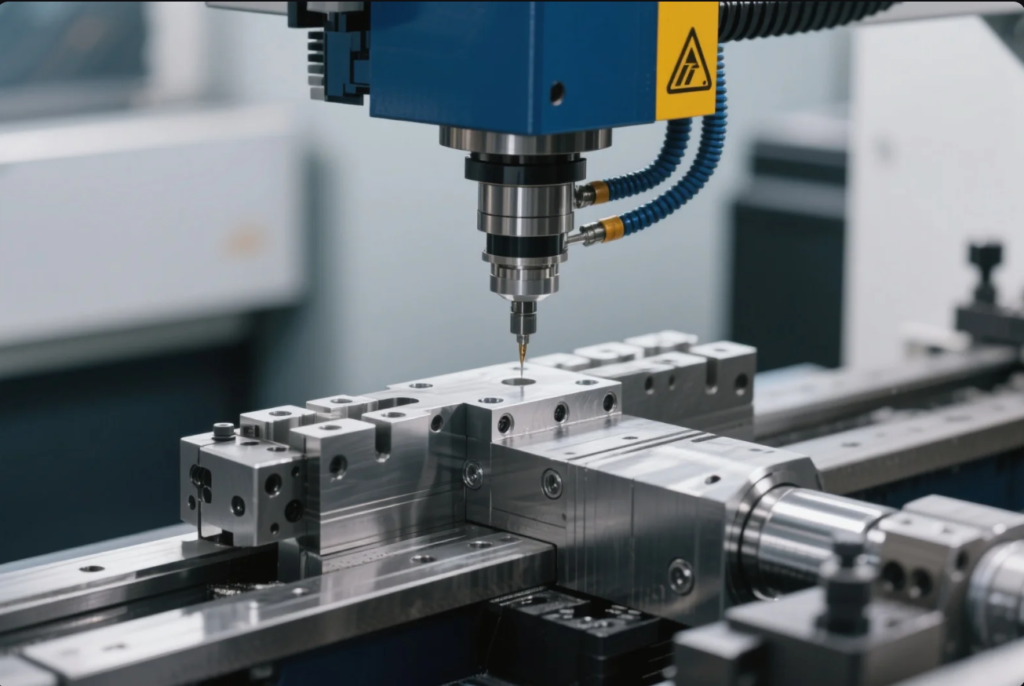
Buyer: First—what’s considered “fabrication” in metalworking?
Engineer: Great place to start. Metal fabrication typically includes:
- Cutting – Laser, plasma, waterjet, or shear
- Forming – Bending, rolling, stamping
- Joining – Welding, fastening, riveting
These steps convert raw metal sheets, bars, or tubes into finished shapes or assemblies.
At Prime, we handle all three in-house—often combining them with CNC or casting depending on part requirements.
What type of manufacturing is CNC?
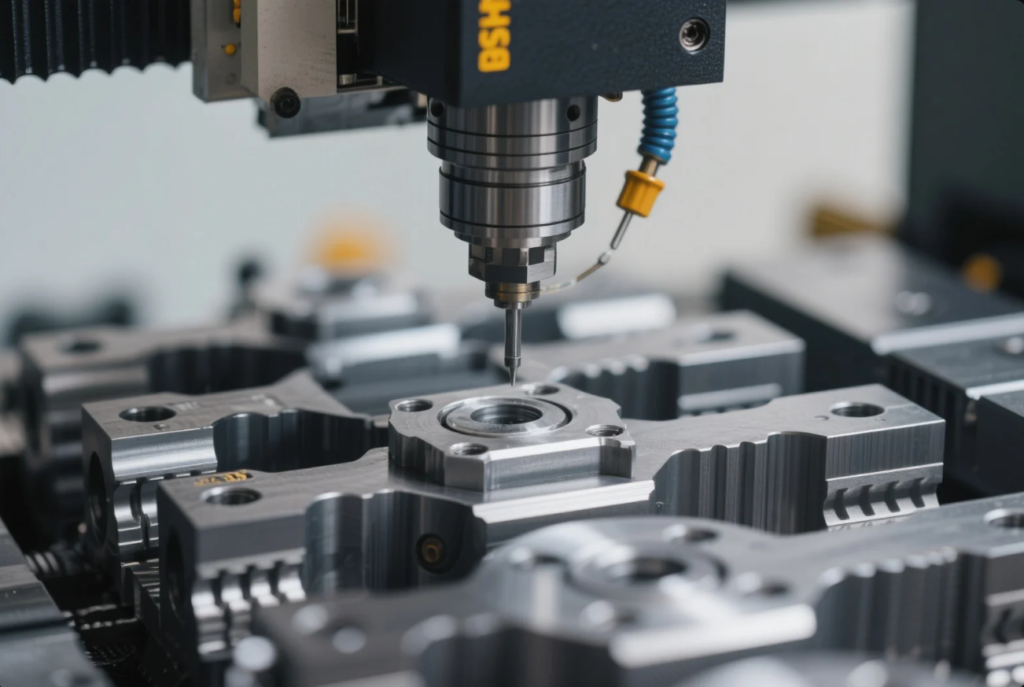
Buyer: So where does CNC fit?
Engineer: CNC (Computer Numerical Control) machining is a subtractive manufacturing process—it removes material from a solid block using precision tools.
Common CNC processes:
- Milling
- Turning
- Drilling
- Boring
- Tapping
| CNC Category | Description |
|---|---|
| CNC Machining | Precise shaping by cutting/removal |
| CNC Fabrication | Includes cutting, forming steps |
| CNC Laser | Digital control of laser cutting |
So, while CNC isn’t always metal fabrication, it can be part of a fabrication workflow.
Is machining considered fabrication?
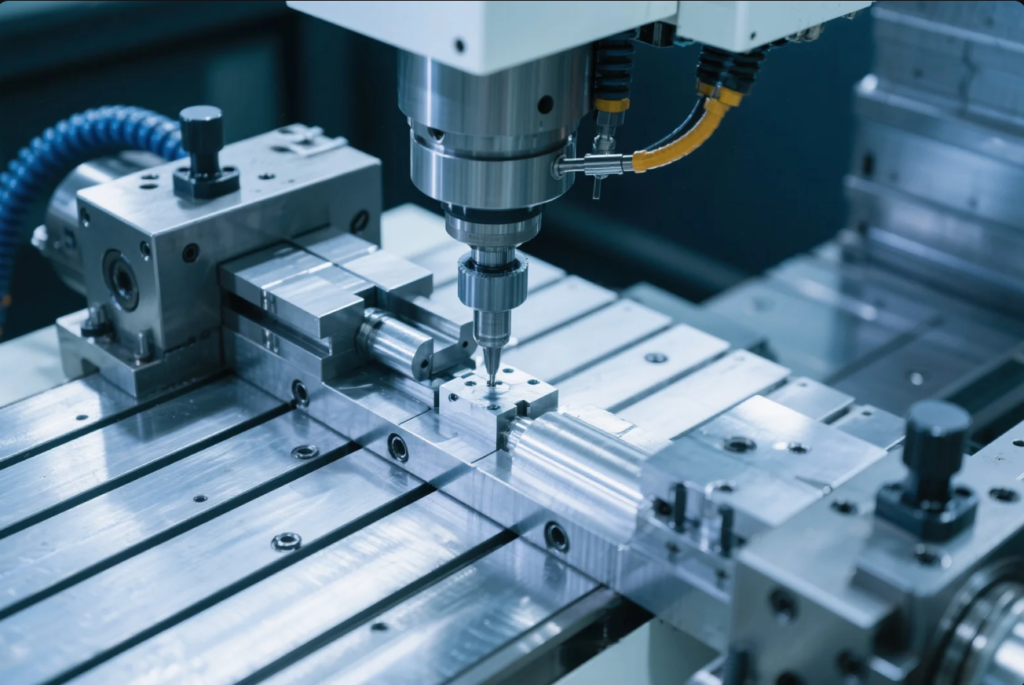
Buyer: So—is machining part of fabrication or separate?
Engineer: It’s both. Machining is a finishing or precision step often used after core fabrication. For example:
- Cut + bend + weld = a steel box
- CNC mill = precision holes or slots added afterward
At Prime, we often combine CNC and fabrication for clients who need both structural and dimensional precision.
Summary: Machining complements fabrication. For tight tolerances, CNC is essential.
What is an example of metal fabrication?
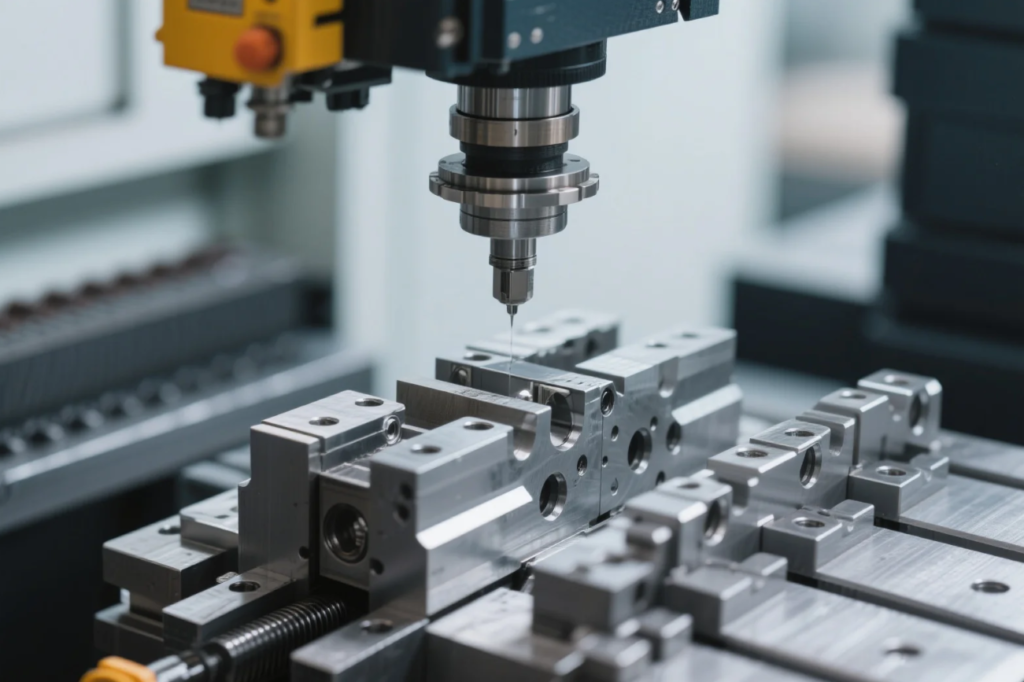
Buyer: Can you give me a real example?
Engineer: Sure! A custom steel bracket is a classic fabrication job:
- Laser-cut from 3mm mild steel
- Bent to 90° using a press brake
- Welded with gussets
- Coated with black powder for corrosion resistance
If tight mounting holes are needed, we’ll use CNC drilling or reaming to hit ±0.05mm tolerance.
Summary: Fabrication covers the core structure. CNC adds the finishing details or precision fits.
Frequently Asked Questions (FAQ)
❓ Is CNC part of the fabrication industry?
Engineer: Yes. Many fab shops offer CNC in-house or as a secondary process.
❓ What’s better—CNC or fabrication?
Engineer: It depends. For structural parts, go fabrication. For high precision or small parts, CNC is ideal.
❓ Can CNC machines cut sheet metal?
Engineer: Not directly. That’s laser or plasma. CNC machines usually shape blocks, rods, or castings.
❓ Does Prime do both?
Engineer: Yes! Prime is a one-stop supplier for CNC, fabrication, casting, and stamping.
Conclusion
Buyer: So—is CNC a metal fabrication process?
Engineer: Not exactly—but it’s a vital part of many fabricated components. CNC machining adds precision to fabricated parts or produces stand-alone, high-tolerance parts.
Buyer: That makes sense. I might need both depending on the part.
Engineer: That’s what we’re here for. Prime combines both to deliver the most cost-effective and high-quality result.
Need help choosing between CNC machining or fabrication?
Contact Prime for a free consultation, part review, and quote.
📧 Email: [email protected]
🌐 Website: https://primecustomparts.com

